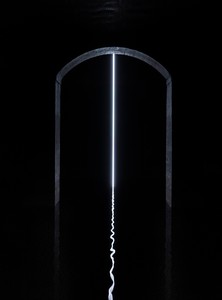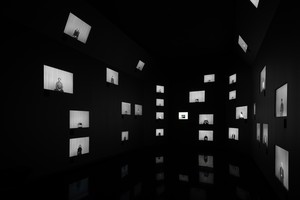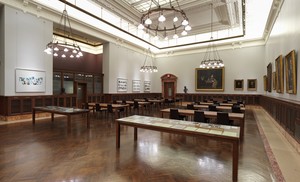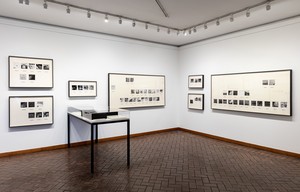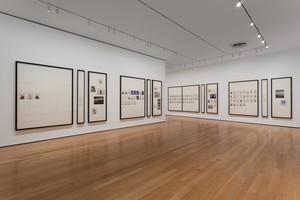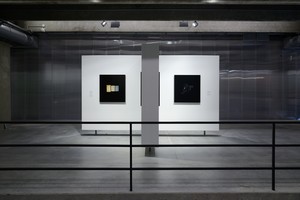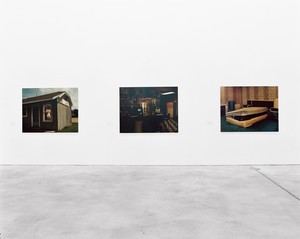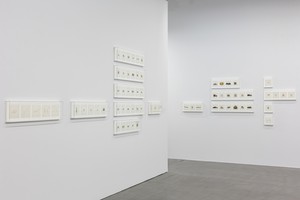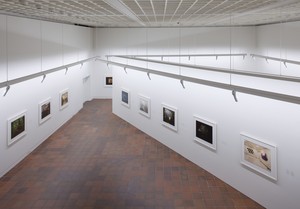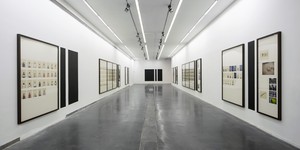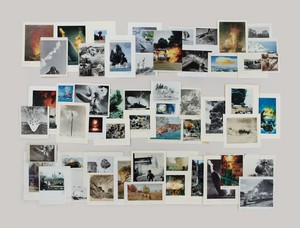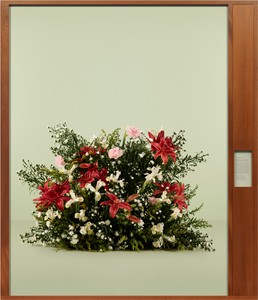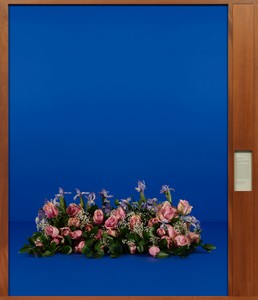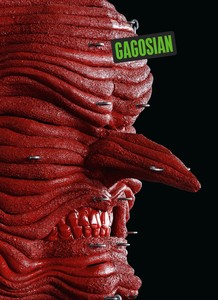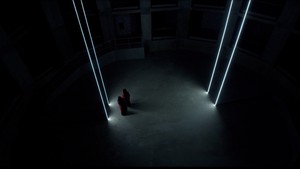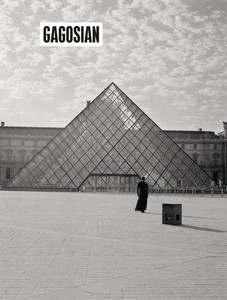Archives exist because there’s something that can’t necessarily be articulated. Something is said in the gaps between all the information.
—Taryn Simon
Taryn Simon directs our attention to familiar systems of organization—bloodlines, criminal investigations, flower arrangements—making visible the contours of power and authority hidden within. Incorporating mediums ranging from photography and sculpture to text, sound, and performance, each of her projects is shaped by years of rigorous research and planning, including obtaining access from institutions as varied as the US Department of Homeland Security and Playboy Enterprises, Inc.
Born in New York, where she lives and works, Simon received a BA in semiotics from Brown University in 1997. In 2001 she was awarded a Guggenheim Fellowship for what would become her first major photographic and textual work: The Innocents (2002), which was exhibited at MoMA PS 1. Documenting cases of wrongful conviction in the United States, The Innocents calls into question photography’s function as a credible eyewitness and arbiter of justice.
In 2007 Simon’s series An American Index of the Hidden and Unfamiliar (2007) was presented at the Whitney Museum of American Art, New York. The photographs depict objects, sites, and spaces that are integral to America’s foundation, mythology, and daily functioning, but that remain inaccessible or unknown. These subjects include radioactive capsules at a nuclear waste storage facility, a black bear in hibernation, and the art collection of the CIA. The following year Simon began A Living Man Declared Dead and Other Chapters I–XVIII (2011), for which she traveled the world researching and recording bloodlines and their related stories. In each of the work’s eighteen “chapters,” the external forces of territory, power, circumstance, and religion collide with the internal forces of psychological and physical inheritance. The subjects documented by Simon include victims of genocide in Bosnia, test rabbits infected with a lethal disease in Australia, the first woman to hijack an aircraft, and the “living dead” in India. Her collection is at once cohesive and arbitrary, mapping the relationships among chance, blood, and other components of fate. For Contraband (2010), Simon spent a week at JFK International Airport in New York, photographing the goods that were seized as they entered the US from abroad. An archive of global desires and perceived threats, Contraband encompasses 1,075 images of items set against crisp pale gray backgrounds. A formal inverse of these works can be found in Black Square (2006–), in which Simon isolates objects, documents, and individuals within a black field with precisely the same measurements as Kazimir Malevich’s 1915 Suprematist work of the same name.

